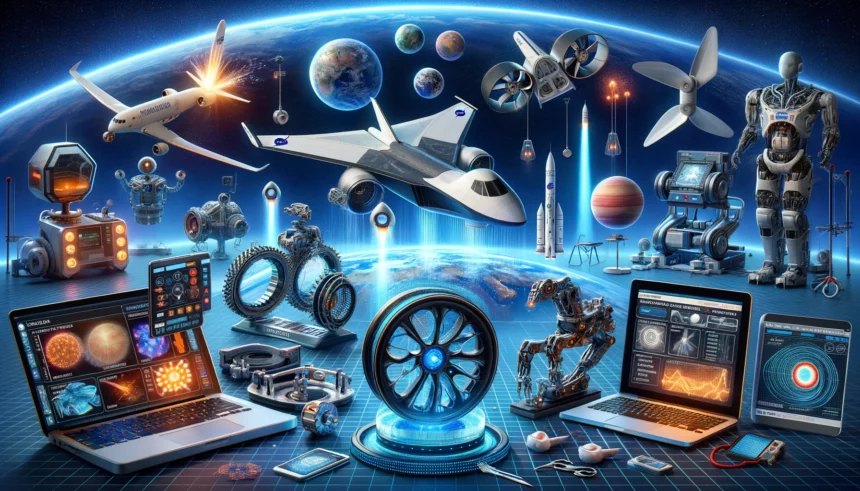In a remarkable showcase of technology transcending its initial purpose, NASA’s cutting-edge advancements, originally designed for space exploration, are now sparking significant innovations on Earth and beyond. The agency’s annual Spinoff publication for 2024 highlights an array of commercialized technologies, demonstrating NASA’s profound impact on various aspects of daily life and medical advancements.
Among the standout innovations featured in this year’s Spinoff are spherical “squishy” robots designed for assessing hazardous situations before the arrival of first responders, and “Digital winglets,” an aircraft-routing technology that enhances fuel efficiency and ensures smoother flights. Additionally, the publication shines a light on a new breed of disc brakes that are not only lighter and more durable but also generate less dust than their traditional counterparts.
In the realm of disaster management, NASA has contributed computer software aimed at aiding businesses and communities in the face of natural calamities such as wildfires. The agency’s foray into advanced manufacturing techniques is also highlighted, with new 3D printing methods for rocket engines and large aluminum components taking center stage.
NASA Administrator Bill Nelson emphasized the agency’s commitment to innovation, stating, “As we continue to push new frontiers and do the unimaginable, NASA’s scientists and engineers are constantly innovating and advancing technologies.” Nelson further noted the importance of transferring these technological advances to companies and entrepreneurs, enhancing economic growth and improving quality of life.
The 2024 Spinoff also delves into medical marvels, such as the first wireless arthroscope to receive U.S. Food and Drug Administration clearance, a device that benefits from NASA’s expertise in spacesuits and satellite batteries. NASA’s role in advancing diagnostic technologies for illnesses including the coronavirus, hepatitis, and cancer, as well as its contribution to everyday products like certain toothpaste formulas, is also highlighted.
Further contributions from NASA’s Artemis campaign include a rugged video camera to enhance aircraft safety and innovative methods for detecting damage in composite materials. Additionally, fuel cell technology, originally developed for the Apollo missions over half a century ago, is now finding applications in supporting renewable energy-based power grids.
The Spinoff publication not only celebrates current commercial successes but also looks ahead to future potentials, offering insights into promising technologies and how to license NASA’s inventions. Daniel Lockney, Technology Transfer program executive at NASA, remarked on the program’s success in licensing technologies and facilitating their transition from government to commercial applications, underscoring the tangible benefits of such transitions.
NASA’s Space Technology Mission Directorate and its Technology Transfer program play a pivotal role in extending the agency’s technological achievements beyond the confines of space, ensuring that NASA’s investments continue to benefit humanity on a global scale.
















